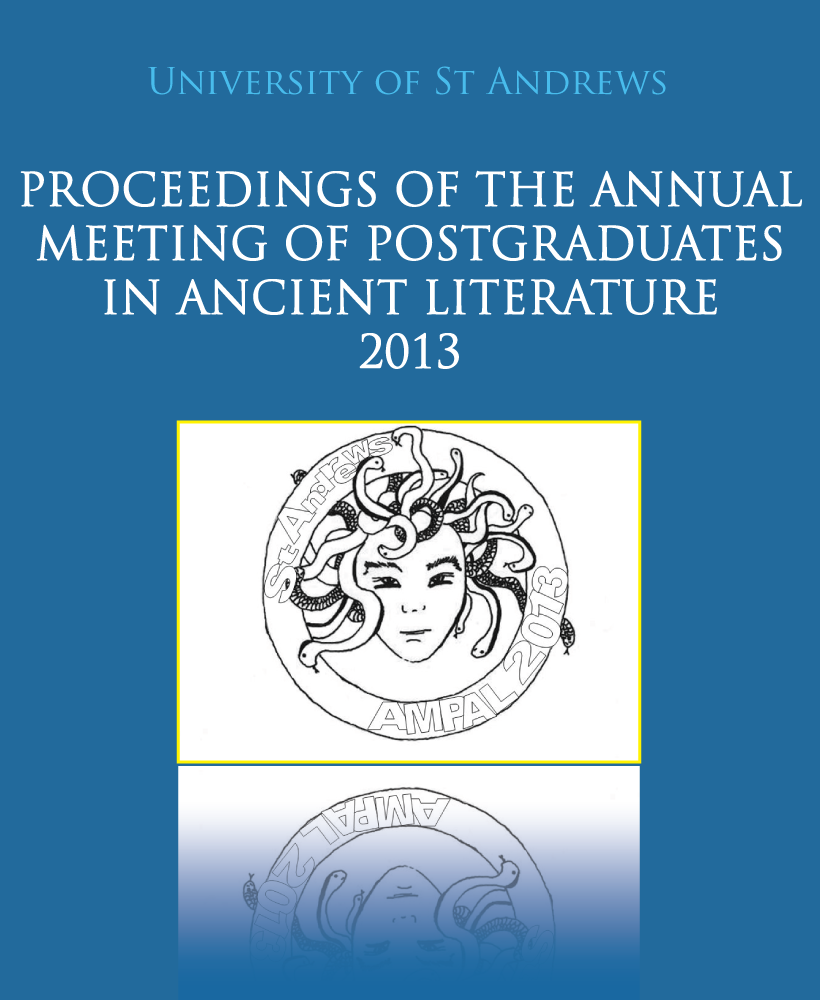THE MANIFESTATION OF A STAR AS THE GOD ARCTURUS’ PERSONIFICATION
Main Article Content
Abstract
The figure of a divinity, in the case of Plautus’ Rudens, Arcturus, in the role of a persona prologans was very current in archaic Latin comedy. The god ― or star ― Arcturus appears to his audience as a magnificent vision: the costume worn by Arcturus is blinding. It is a white star splendens stella candida, even if there is no concrete evidence to state precisely how he was dressed in a manner corresponding to its description. The actor who played the star probably was wearing a white robe, white as the toga which worn by those aspiring to public office, the candidatus. Arcturus, or Alpha Bootis, is in fact the brightest star in the northern hemisphere and the fourth star in the sky in order of magnitude. The star is a red giant with a luminosity 113 times that of the Sun, and can be observed from all the regions of the earth. Starting from the definition that Hesiod attributed to the star Arcturus we will analyze the question about the brightness of the star which has proven to be stubbornly difficult and controversial: some say the word should be understood as 'bright' or 'shining'; according to others the emphasis is rather on the concept of the duration of the brightness of the star 'that shines all night', thus making Arcturus a celestial body that does not pass below the horizon.
The ancient astronomers both Greek and Latin are in agreement about the brightness of the star: from Homer, Aratus, Eratosthenes, Hipparchus, Eudoxus, Manilius, Gaius Julius Caesar Claudianus Germanicus, Erotianus to Eusebius the star was bright.
Article Details

This work is licensed under a Creative Commons Attribution-NonCommercial-NoDerivatives 4.0 International License.
Authors who publish with this journal agree to the following terms:- Authors retain copyright and grant the journal right of first publication with the work simultaneously licensed under a Creative Commons Attribution-NonCommercial-NoDerivs License that allows others to share the work with an acknowledgement of the work's authorship and initial publication in this journal.
- Authors are able to enter into separate, additional contractual arrangements for the non-exclusive distribution of the journal's published version of the work (e.g., post it to an institutional repository or publish it in a book), with an acknowledgement of its initial publication in this journal.
- Authors are permitted and encouraged to post their work online (e.g., in institutional repositories or on their website) prior to and during the submission process, as it can lead to productive exchanges, as well as earlier and greater citation of published work (See The Effect of Open Access).
Authors retain control over their work, and may request that their paper is removed from this collection in the future by contacting the journal hosting service.

